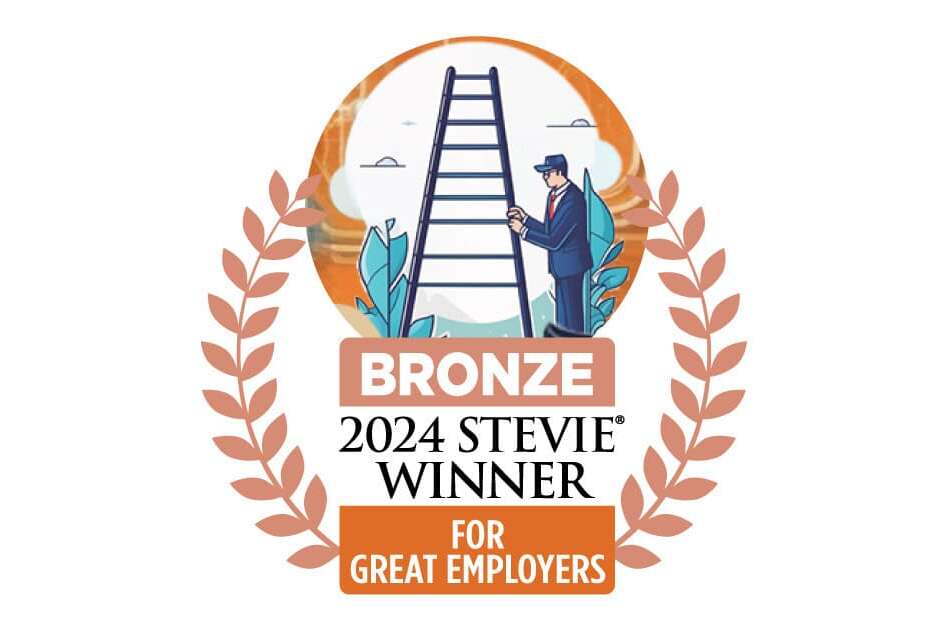I suppose it goes with the turf, but I have been doing a lot of thinking about channel management, and lately, my focus has turned to sales funnel management. Channel technology has long been viewed as discrete siloed applications by vendors, buyers, and analysts. Depending upon whose model you follow, there are five to eight discrete channel tech elements: Partner Relationship Management (PRM), Through Channel Marketing Automation (TCMA), Channel Learning Management (CLM), Channel Incentives and MDF, Configure Price and Quote (CPQ), Channel Data Management, etc.
BREAKING DOWN THE SILOS
At Zift, we believe in Enterprise Channel Management. We are passionate about breaking down the traditional silos of channel technology. We believe that all of the separate pieces are just artifacts of how channel applications grew up. Today, those boundaries need to be blurred or erased. Suppliers need a comprehensive platform that works smoothly, without all of the drama of having to integrate separate tech silos, and they want a great user experience to make it easy to do business.
A wise channel chief recently said to me, “The only thing that matters is channel revenue.” Maybe that was an overstatement, but it got me thinking. If we stopped looking at channel management as a tech stack with a bunch of siloed apps, and instead we focused on the business need to manage channel revenue, then we can highlight how the application gears have to mesh in order to efficiently get the job done.
BACKWARD — AND IN HEELS
I translate this into Full Sales Funnel Management. Channel revenue is what comes out of the funnel when an opportunity is managed from lead to close. My favorite story is that Fred Astair and Ginger Rogers were both great dancers, but her role was much harder because she had to do every step backward and in high heels. Managing a direct-revenue sales funnel and managing a channel-revenue sales funnel are both challenging, but like Ginger Rogers, managing the channel funnel is like dancing backward and in high heels. Partner salespeople don’t work for the supplier, and the indirect business model introduces many more twists and turns.
Effectively managing channel revenue requires managing the entire funnel from top to bottom – Channel Marketing, Channel Sales, and Channel Operations. Everyone needs to be working from the same playbook. That level of coordination is dependent on the smooth flow of data and ideas and actions from the top to the bottom of the funnel. Channel marketing and channel sales have to present a collaborative and unified path for partner opportunities to progress through the funnel to closed deals. All parties need complete and consistent information and data to understand the progression through the funnel and to have a prayer of forecasting the outcome.
CONSISTENCY IS KEY
In the channel, there is no wiggle room for failure to coordinate sales and marketing. Channel partners require consistent support and help from prospecting to nurturing to closing. A supplier needs to present a consistent, easy platform for partners to use from start to finish. Anything less, and the supplier becomes “hard to do business with” and the partner takes its business elsewhere. The worst part is that as a supplier, you may never even know they moved on because…“they don’t work for you.” If you are not tying channel marketing to channel sales, how do you even know if your partner took a lead with them when they decided to move to another vendor? Full funnel management is the only hope for a channel sales leader to have the visibility required to manage channel revenue.
Back to all of the tech silos. If you rely on one system for channel social engagement, and another system for channel marketing and lead nurturing, and another system for channel sales enablement, and another system for reporting and analysis, how hard are you going to have to work to get a complete picture of the funnel? For a partner, how hard is it going to be to do business with you? Tying it all together and putting it on a single channel management platform just makes sense. If for no other reason, focus on the prize: Channel Revenue.
Is your channel program easy to do business with? Get a free channel assessment and find out.




